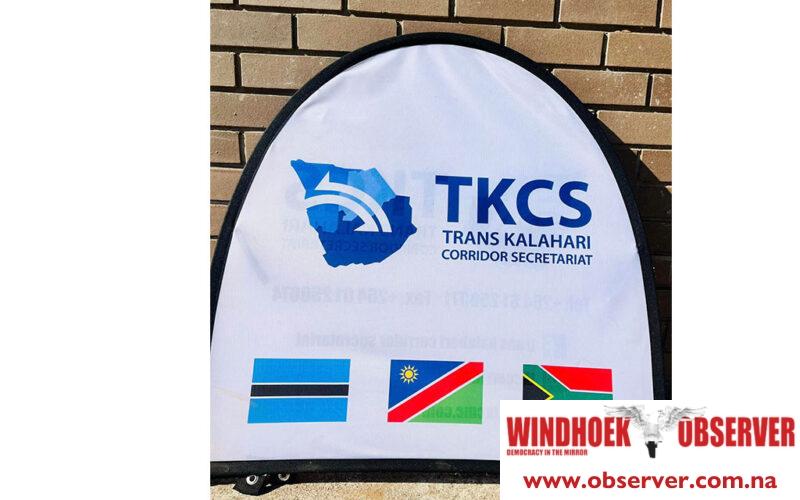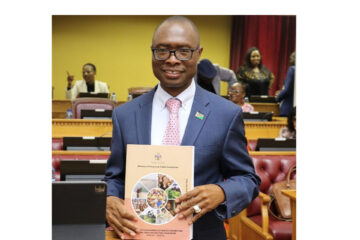Chamwe Kaira
The proposed Trans Kalahari Railway to link Botswana and the port of Walvis plans will undoubtedly blend in with plans of TransNamib, to have a rail link between Namibia and Botswana, TransNamib said this week.
The Trans-Kalahari Railway is anticipated to facilitate the transportation of 14 million tons annually in its inaugural year of operation, with the potential to increase to 56 million tons per annum by its 30th year of service, as revealed in project tender documents.
Scheduled to commence construction in January 2025, this ambitious project comes with a multi-billion-dollar price tag. Stretching across a distance of 1500 kilometers, this railway will span from Mmamabula in Botswana to its final destination, Walvis Bay, primarily serving as a conduit for transporting coal and copper from Botswana.
TransNamib’s Manager of Corporate Communications, Abigail Raubenheimer welcomed the government-to-government initiative between Namibia and Botswana for an expression of interest (EOI) for funding and development of the proposed new railway line.
“In addition, it underpins the construction of new and/or upgraded rail infrastructure, which will undoubtedly blend in with our plans as TransNamib – to have a rail link between Namibia and Botswana,” Raubenheimer told Observer Money.
She said the current initiatives by the two member states and as rail operators qualified TransNamib and
Botswana Rail, together with the Trans Kalahari Railway Secretariat to participate in the project’s roadmap development and to draw up the EOI.
Raubenheimer said proposed plan, which is currently in its early stages, envisions a rail link between
Walvisbay/Namibia and Mammabula/Botswana by 2030 and the new lines is expected to link at Gobabis.
The envisaged container terminal at Gobabis will be developed in line with the developments on the project, she added.
“TransNamib is pleased with the recent initiatives around the Trans Kalahari Railway project and is encouraged with the commitments of both the Government of Namibia and Government of Botswana to this project which forms a vital artery to TransNamib’s plans for the future.”




